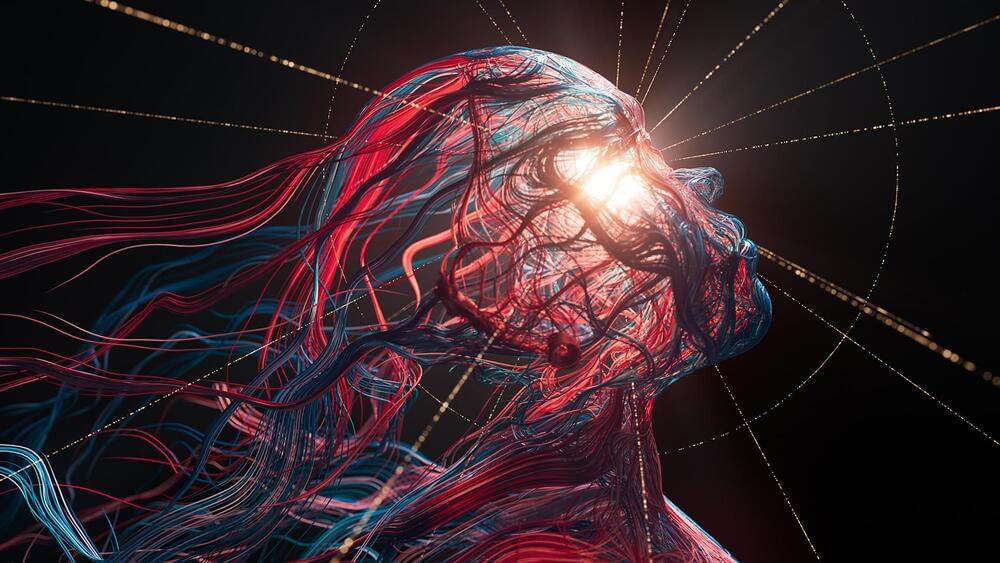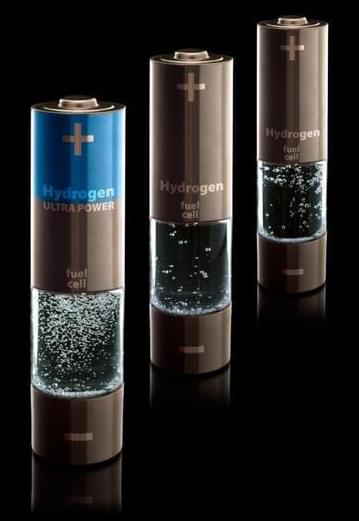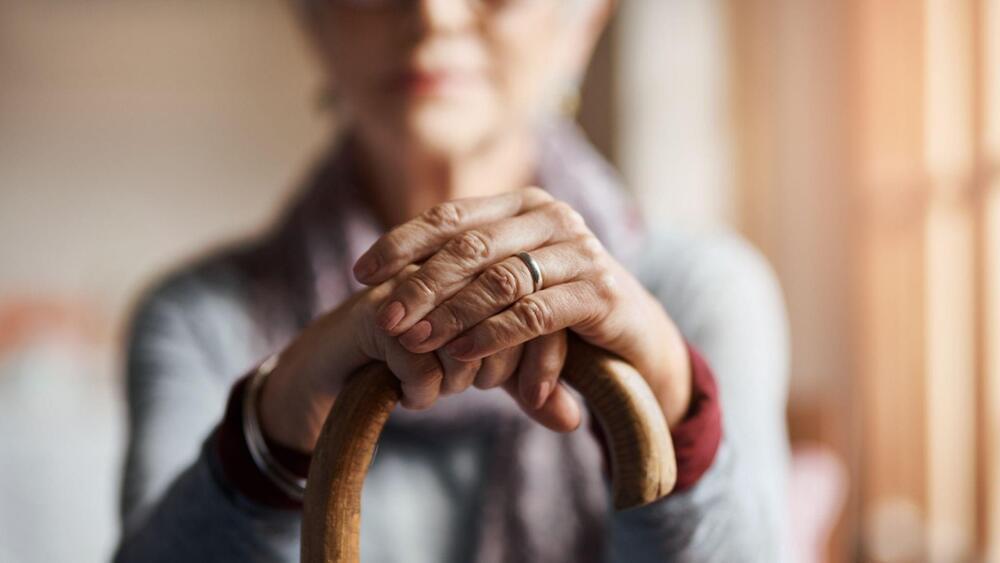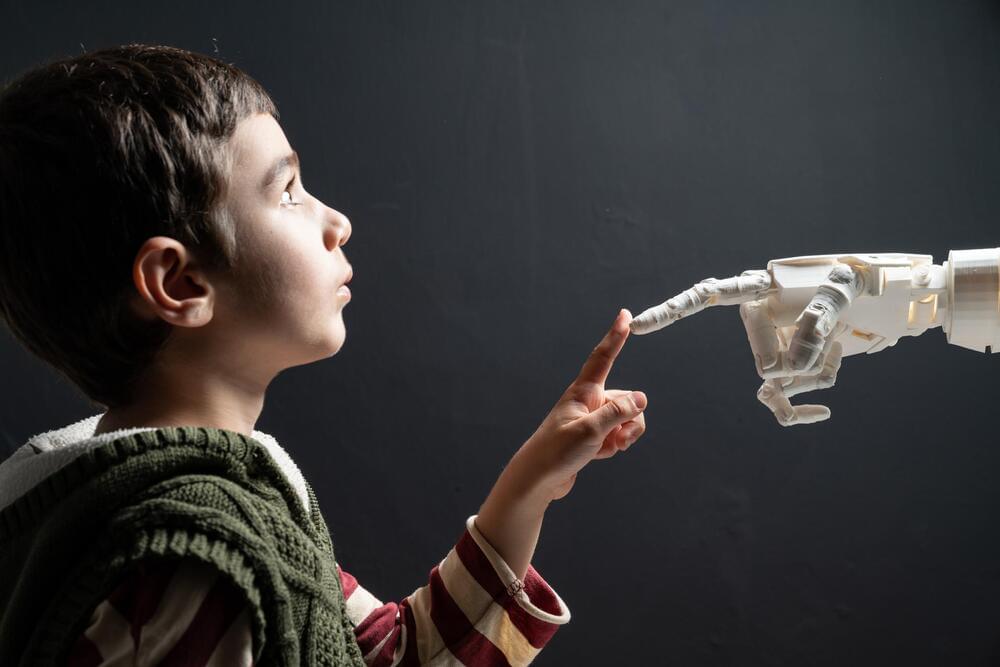Machine learning has been leveraged to accelerate analysis in nuclear processing facilities and investigations in the field.
Surprise nuclear attacks or threats will soon be a thing of the past. Researchers at the Department of Energy’s Pacific Northwest National Laboratory (PNNL), U.S., have developed new techniques to accelerate the discovery and understanding of nuclear weapons by leveraging machine learning.
One enticing application of these new techniques in national security is to use data analytics and machine learning to monitor several ingredients used to produce nukes.







